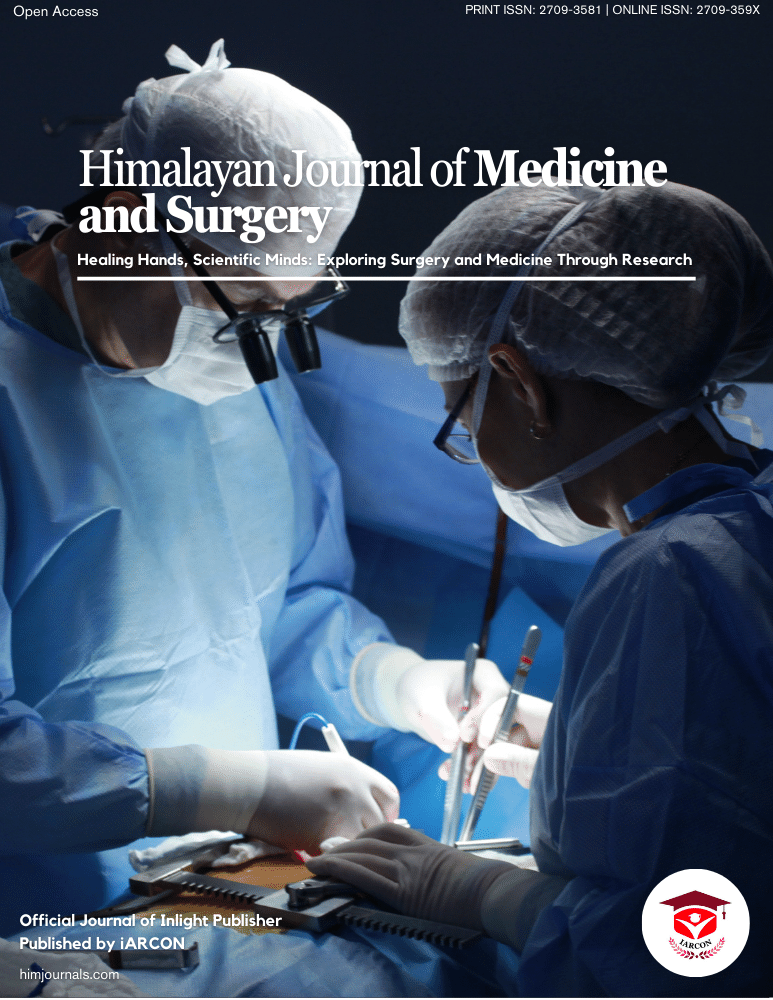The findings of this study shed light on the current state of bladder cancer awareness and knowledge levels within the population of District Mandi, Himachal Pradesh. Bladder cancer, although often overshadowed by more prevalent cancers, is a critical health concern with implications for individual well-being and public health. This discussion aims to contextualize and interpret the study's results while drawing comparisons to other relevant studies in the field.
In our study, 24.5% of participants demonstrated very good knowledge (scoring 16-20 marks) about bladder cancer, while 37.75% exhibited good knowledge. However, a significant proportion of the population had only fair (23.75%) or poor (14%) knowledge about this disease. These findings suggest that there is considerable room for enhancing bladder cancer awareness in District Mandi.
Our results indicate that, in general, the population exhibited better awareness of bladder cancer compared to some other less common cancers. A substantial percentage of respondents provided accurate responses regarding the nature of bladder cancer (67%), common risk factors (60.75%), signs and symptoms (63.5%), and the role of early detection in prognosis (62.25%). These findings signify a fundamental understanding of bladder cancer among a significant portion of the population.
The study revealed that 64.25% of participants correctly recognized the contribution of smoking and exposure to certain chemicals or pollutants to the development of bladder cancer. This awareness is crucial, as these are well-established risk factors. However, there is room for improvement in educating the community about other risk factors and protective measures.
While 58.75% of respondents acknowledged the potential for bladder cancer prevention, there is a need to disseminate information about specific preventive measures effectively. Lifestyle modifications, including smoking cessation and reducing exposure to environmental toxins, play a pivotal role in reducing bladder cancer risk [7].
A positive finding is the recognition of the significance of early detection in improving bladder cancer prognosis by 62.25% of participants. This aligns with the broader understanding that early diagnosis can lead to more effective treatment and improved survival rates [8].
The study identified a gap in knowledge regarding bladder cancer screening methods, with only 35.5% correctly identifying them. This highlights the need for educational campaigns focusing on available screening techniques.
Approximately 54.5% of participants recognized the potential of education and awareness campaigns in reducing the prevalence of bladder cancer. This underscores the importance of community-based initiatives that disseminate accurate information and raise awareness about risk factors, early signs, and preventive measures.
Comparing our findings with other studies, it is evident that the level of bladder cancer awareness in District Mandi, Himachal Pradesh, aligns with broader trends observed in India. Similar studies conducted in different regions of India have reported varying levels of awareness, often emphasizing the need for increased education and awareness campaigns [7-8].


